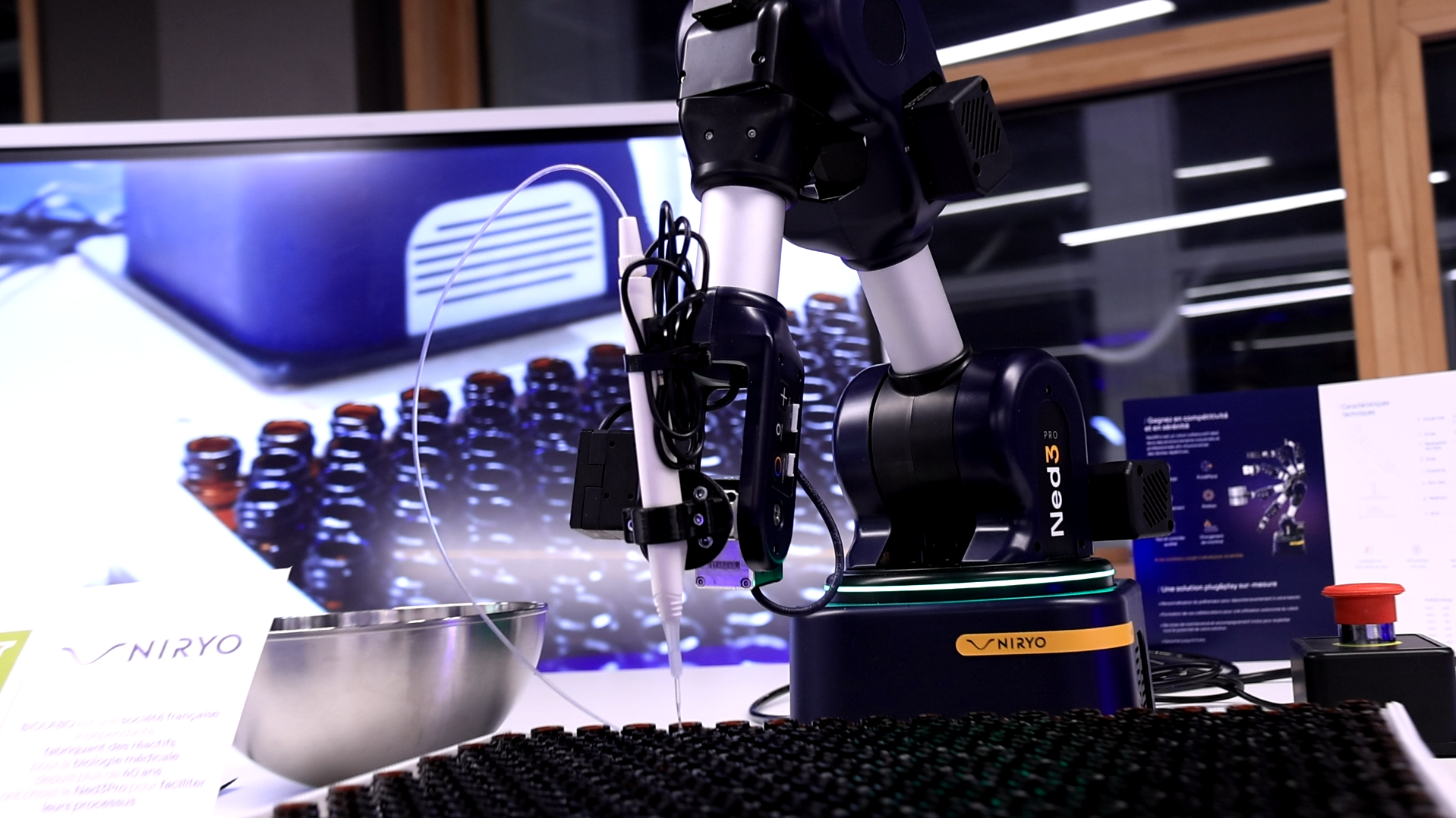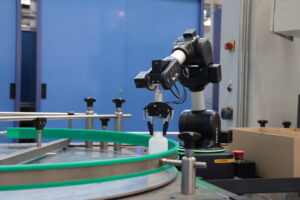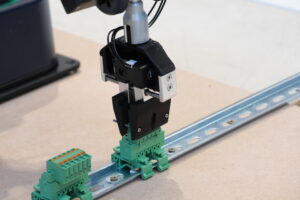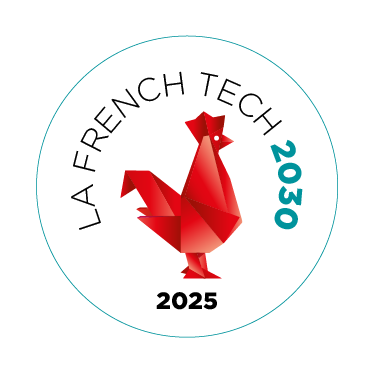Automation, which replaces human tasks with machines or robots, is gaining importance in an ever-evolving world. Businesses across all sectors are adopting automation to streamline their processes and improve efficiency.
However, automation extends beyond the workplace—it is also making its way into education. Why should schools, colleges, and universities pay close attention to robotics? How can educational kits like Lego Mindstorms, mBot, Thymio, or Arduino revolutionize teaching methods? This article explores five key benefits of integrating robotics education into schools and universities. We will see how this innovative approach can foster creativity, develop essential skills for the future, and make learning more engaging.
Increased productivity and improved efficiency
Automation, through the implementation of robots and automated systems, offers significant benefits in terms of productivity and efficiency.
Reduction of manual tasks
Robots can automate a wide range of repetitive and tedious tasks, freeing up employees to focus on more value-added activities.
For example, in the manufacturing sector, programmable robots perform tasks such as assembly, welding, or painting, allowing workers to concentrate on quality control or tasks requiring human expertise. In schools, automating routine administrative tasks (such as grading and managing registrations) frees up teachers’ time.
Faster execution
The education sector is not left behind. Robotic kits like Lego Mindstorms, mBot, or Thymio enable students to quickly and efficiently design and execute their own projects. This playful approach encourages experimentation and hands-on learning, stimulating creativity and problem-solving skills.
Optimized resource management
Automation enables optimized management of human, material, and energy resources.
- Increased productivity: Robots, which can operate 24/7, significantly increase production capacity while reducing costs.
- Error reduction: By minimizing human errors and reducing waste, automation contributes to a more efficient and sustainable use of resources. In education, using digital platforms for learning management helps personalize educational pathways and optimize the use of teaching materials.
Cost reduction
Automation, by replacing certain human tasks with robots or software, provides numerous cost-reduction benefits.
Minimizing human error
Human errors, which are often costly in terms of time and resources, are greatly reduced with automation. Learning robots perform tasks with remarkable precision and consistency, limiting the risks of operational mistakes. For example, in an industrial context, robots can carry out welding or assembly operations with high reliability, reducing waste and quality control costs.
Labor cost savings
Automation replaces repetitive, hazardous, or precision-intensive tasks, reducing labor costs (salaries, overheads) and enhancing productivity by offering robots 24/7 availability.
Increased profitability
By lowering costs related to human error and labor, automation contributes to overall profitability. Businesses can reinvest in new projects, products, or services, thus improving their competitiveness.
Quality improvement
Automation, through robotics and digital technologies, is revolutionizing education. These innovative teaching tools foster concrete and effective learning from an early age, helping achieve a superior level of quality.
Standardization of processes
Automation of teaching tasks using robots allows for the standardization of teaching and evaluation methods. Robotics kits like Lego Mindstorms provide a uniform learning environment to acquire solid skills.
Defect reduction
Automation speeds up error detection and correction, ensuring higher-quality student projects. With integrated simulation and debugging tools, programming software simplifies problem-solving for students.
Increased satisfaction
In an educational context, customer satisfaction equates to student and teacher satisfaction. The use of high-quality teaching tools such as robots and digital platforms motivates students and eases the teachers’ workload.
Flexibility and adaptability
Automation provides unparalleled flexibility. Unlike manual processes, which can be slow and rigid, automated systems adapt quickly. In educational robotics, for instance, teachers can easily adjust programs according to students’ needs, thus personalizing learning. This adaptability meets the specific needs of each student, whether in remote or in-person settings.
Increased responsiveness
Automated systems allow for rapid adaptation to market changes. In industry, robots can be reconfigured for new products. In education, robotics kits like Lego Mindstorms, mBot, or Thymio offer great flexibility, allowing students to learn how to program and design robots capable of solving various problems.
Handling large volumes
Robots excel at processing vast amounts of data. For example, an industrial robot can collect sensor data to adjust its production in real-time. In educational robotics, students learn to create algorithms that enable their robots to process complex data. This skill, crucial in the professional world, prepares them for future careers increasingly focused on data analysis.
Focus on value-added tasks
By delegating operations to machines, businesses free up time and human resources to focus on more strategic and creative activities.
Skill development
Automation and new technologies do not replace humans but complement them. In fact, automation requires new knowledge and skills for design, implementation, and maintenance. As a result, companies are encouraged to invest in employee training to equip them with the necessary robotics, programming, and artificial intelligence skills.
Improved competitiveness
By automating numerous processes through robotics, companies gain efficiency, productivity, and flexibility. They reduce costs, improve the quality of their offerings, and accelerate the launch of new products, making automation a key driver of competitiveness.


















